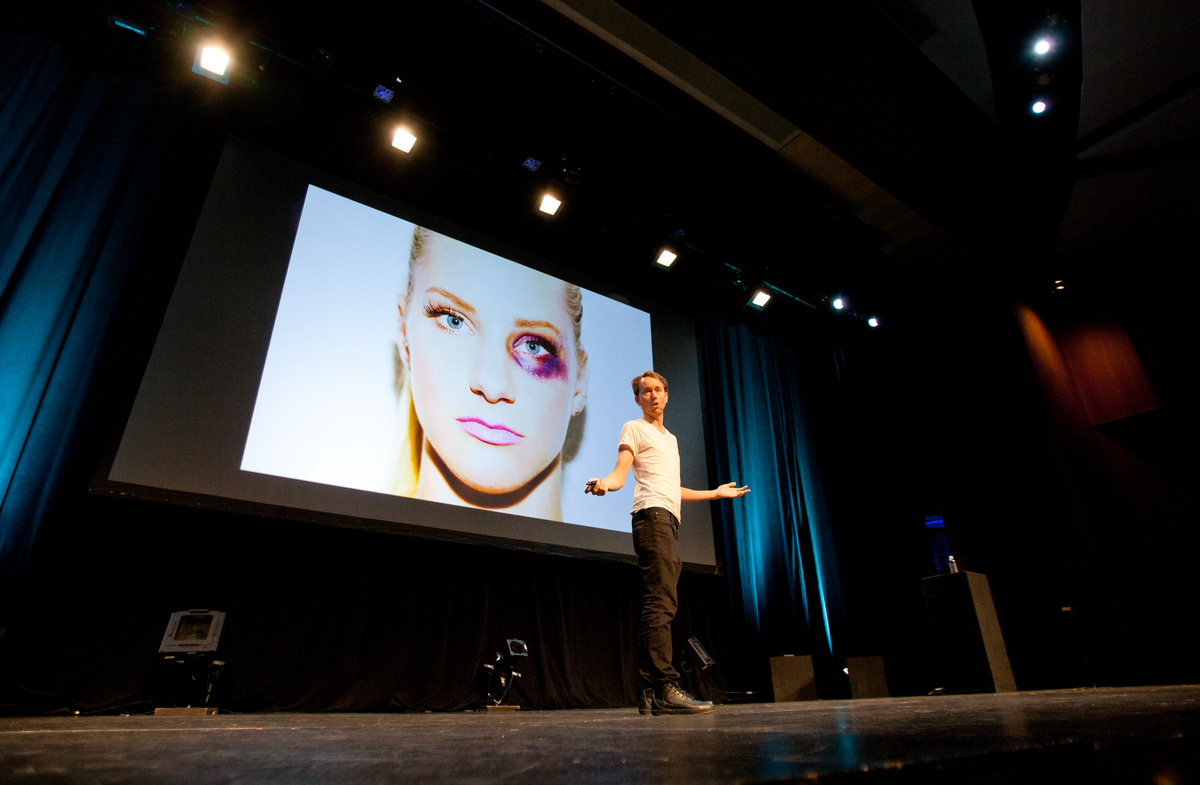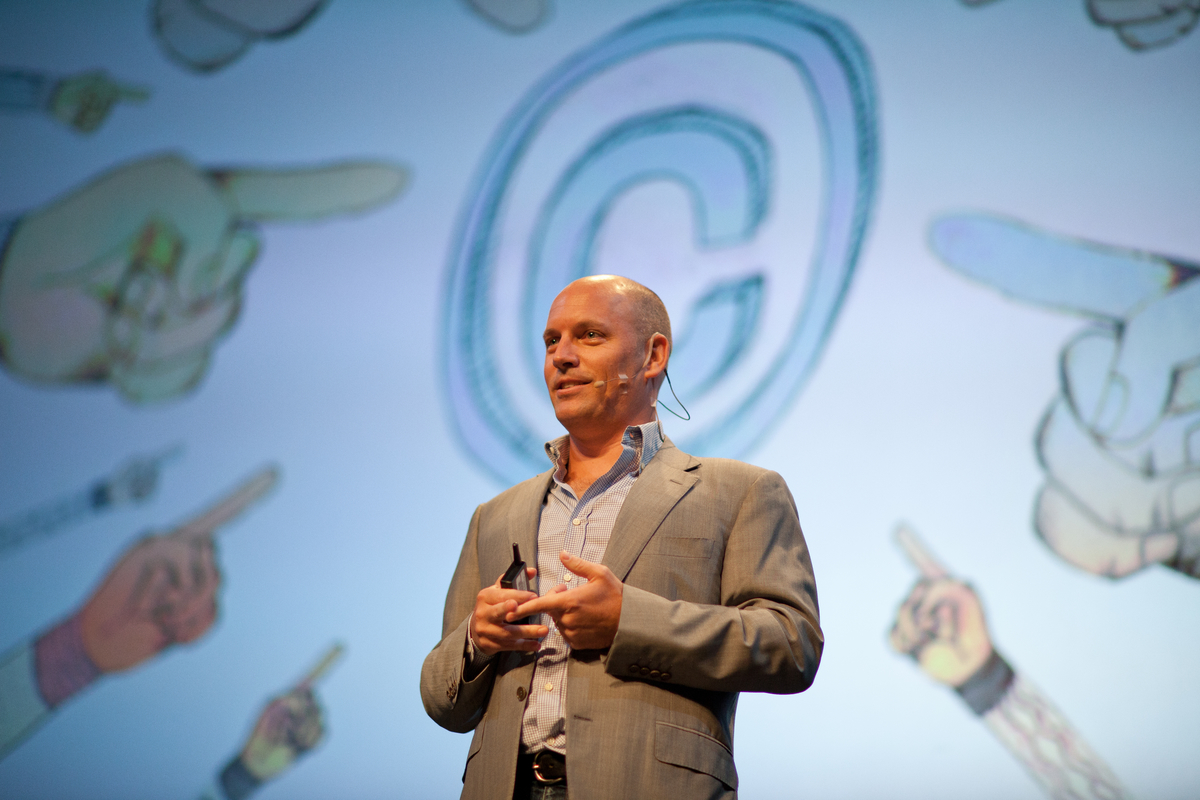MediaStorm Spring 2013 Internship Application
We're currently accepting applications for our Spring 2013 internship. If you're motivated, highly organized, and passionate about multimedia, we'd love to hear from you. The internship generally runs from January to April, but start dates are flexible. We're looking for applicants with experience in multimedia production, design, motion graphics, and/or web development. Internships are paid. How to Apply All applications must be submitted through our online application form. Applicants should be prepared to supply: Links to pieces produced/collaborated on (please indicate role in each) Available start/end dates Hours/week available Apply Now Applications due November 1, 2012 Frequently Asked Questions Trying to decide if you should apply? Here are answers to the most frequently asked questions we get from applicants. What will I be doing as a Mediastorm intern? This is a production internship. You will be working closely with the MediaStorm team to produce multimedia projects. This means full days in front…




